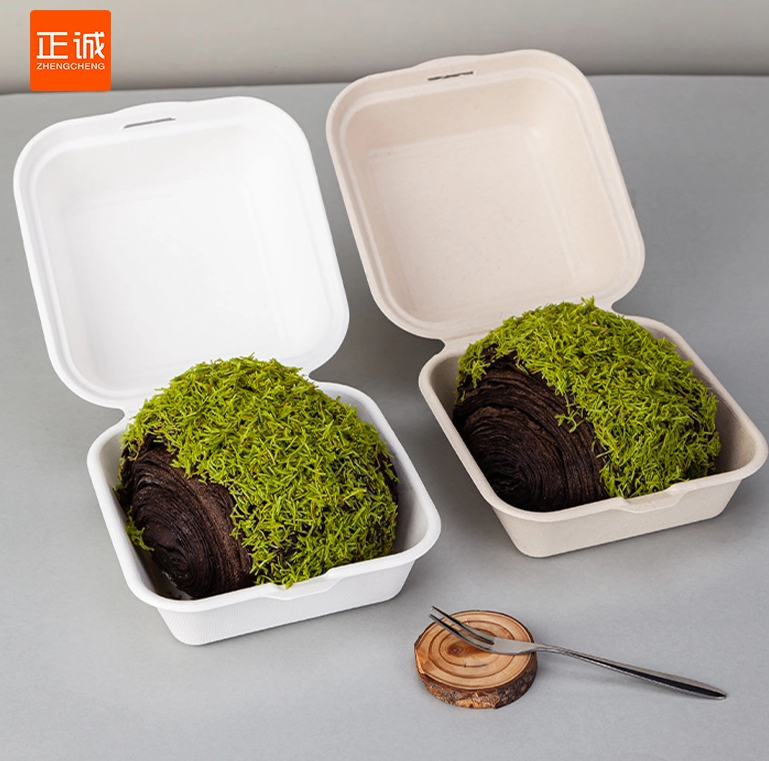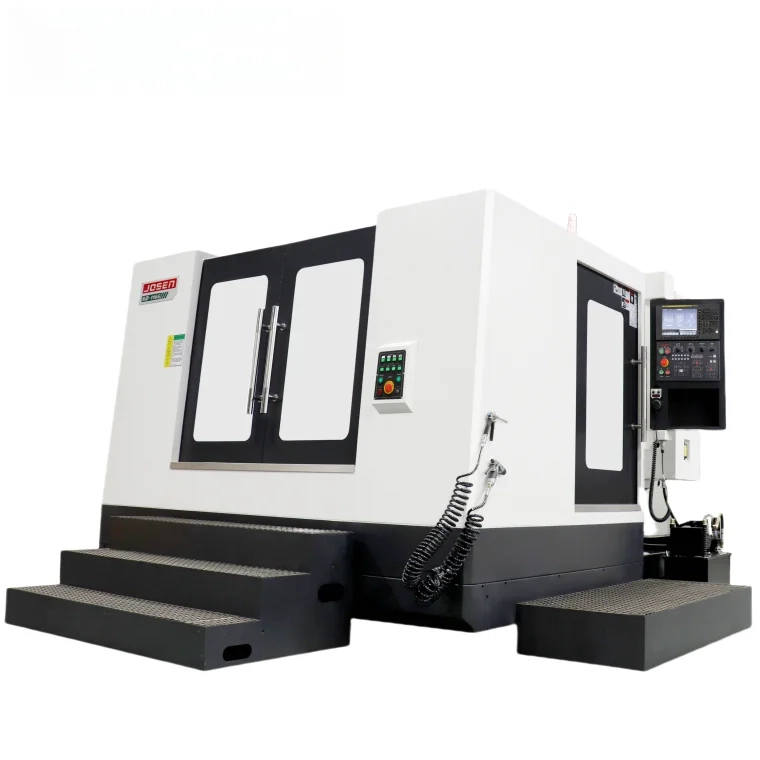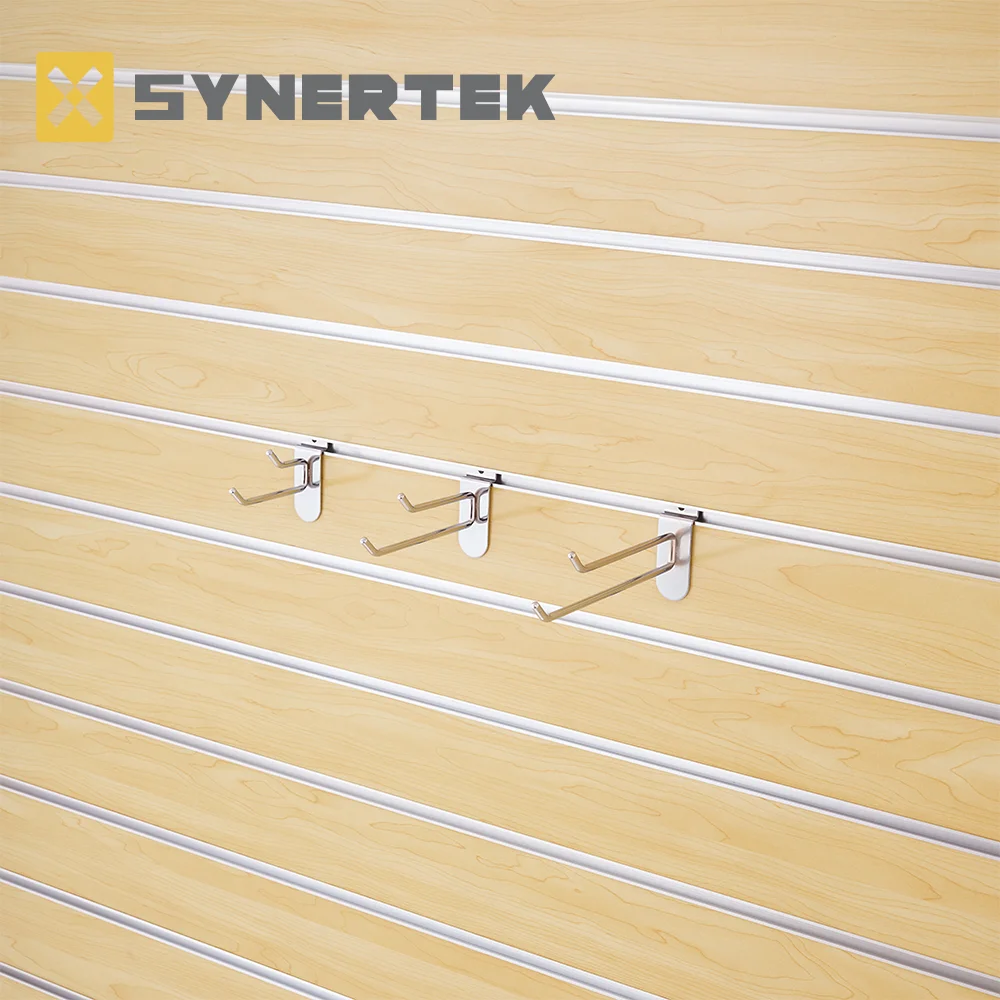When it comes to construction and design, plywood has long been a staple material due to its versatility, affordability, and ease of use. However, as the industry evolves, so do the materials available to architects, builders, and DIY enthusiasts. In this article, we will explore several alternatives to plywood that not only match its functionality but often surpass it in terms of sustainability, durability, and aesthetic appeal.
- Engineered Wood Products
1.1 Oriented Strand Board (OSB)
Oriented Strand Board (OSB) is a popular alternative to plywood, made from strands of wood that are oriented in specific directions and bonded together with adhesives. OSB is known for its strength and structural integrity, making it an excellent choice for flooring, wall sheathing, and roof decking. It is often more cost-effective than plywood and is produced using smaller, fast-growing trees, which makes it a more sustainable option.
1.2 Laminated Veneer Lumber (LVL)
Laminated Veneer Lumber (LVL) is another engineered wood product that offers superior strength and stability. Made by bonding together thin layers of wood veneer, LVL is ideal for beams, headers, and other structural applications. Its uniformity and resistance to warping make it a reliable choice for both residential and commercial construction.
- Medium Density Fiberboard (MDF)
Medium Density Fiberboard (MDF) is an engineered wood product made from wood fibers, wax, and resin, compressed into dense sheets. MDF is particularly favored for interior applications such as cabinetry, furniture, and decorative moldings due to its smooth surface, which is perfect for painting and veneering. While MDF is not suitable for structural applications, its versatility in design makes it a compelling alternative to plywood for many projects.
- Bamboo Plywood
Bamboo plywood is an eco-friendly alternative that has gained popularity in recent years. Bamboo is a rapidly renewable resource, making it a sustainable choice for construction and design. Bamboo plywood is not only strong and lightweight but also offers a unique aesthetic with its natural grain patterns. It is suitable for a variety of applications, including furniture, cabinetry, and flooring.
- Solid Wood Panels
For those seeking a more traditional and aesthetically pleasing option, solid wood panels can be an excellent alternative to plywood. While solid wood is generally more expensive, it offers unparalleled beauty and durability. Species such as oak, maple, and cherry provide rich colors and textures that can enhance any design. Solid wood is also more sustainable when sourced from responsibly managed forests, making it an attractive choice for environmentally conscious consumers.
- Recycled and Upcycled Materials
In an era where sustainability is paramount, recycled and upcycled materials present a viable alternative to traditional plywood. Products made from reclaimed wood or recycled plastics can be used in various applications, from furniture to wall panels. These materials not only reduce waste but also add character and history to any project.
- Composite Materials
Composite materials, such as fiberglass-reinforced plastic (FRP) and wood-plastic composites (WPC), offer unique advantages over plywood. FRP is known for its high strength-to-weight ratio and resistance to moisture, making it ideal for outdoor applications and environments prone to humidity. WPC combines wood fibers with plastic, resulting in a durable, weather-resistant material suitable for decking, fencing, and furniture.
Conclusion
While plywood has been a reliable choice for many years, the construction and design industries are evolving, and so are the materials available to professionals and DIY enthusiasts. From engineered wood products like OSB and LVL to sustainable options like bamboo plywood and recycled materials, there are numerous alternatives that can meet and exceed the demands of modern projects.






+ There are no comments
Add yours